DAY 8, MAY 13, 2022, Friday:
Checked out. Explored some pretty corners of Vielha including the Church. Tried to drive to Arties but the road was blocked. Drove to some beautiful waterfalls, on the way seeing plenty of other waterfalls gushing down the cliffs, right next to our car. Saut deth Pish/Salto del Pez was an amazing waterfall, so was Uelths Deth Joèu or the eyes of the devil or of Jupiter. We saw Embalse de Eriste on the drive to Jaca, our next base.
STAY: Gran Hotel De Jaca, 2 Nights
Tried to drive to Arties... road was blocked. So decided to drive around Vielha
Villages embedded in cliffs
VIELHA
VIELHA - IGLESIA DE SANT MIQUÈU [Miguel/Michael]
Lovely river flowing through the village... bonafide feature of all these villages
DRIVE TO WATERFALL SAUT DETH PISH
The Varradòs river gushing along by the side of the road
we got down and enjoyed the roaring Varradòs river and the small waterfall tumbling down to meet it on our right
saw many waterfalls just by the roadside
deep plunging valley on one side, cliff on the other
Saut deth Pish/ Salto del Pez
The Aranese name for the waterfall is Saut deth Pish. Aran valley was cut off from rest of the region for centuries and they have their own language and customs.
With a height of 35m, it is one of the best-known waterfalls in Val d’Aran. Impressive waterfall located in a natural enclave of great beauty, and which can be accessed in your own vehicle along a beautiful 12-kilometre paved track parallel to the Varradòs River, which is accessed from the Pont d 'Arròs.
RAINBOW...
old water fountain... but no rest rooms.
one more observation deck
another viewpoint...
DRIVE BACK
saw more waterfalls tumbling down the cliffs on our way
Uelths Deth Joèu/Ojos del Diablo/Eyes of the Devil or of Jupiter
The Eyes of the Devil or of Jupiter, is a spectacular waterfall and an exceptional phenomenon, since it is the waters of the Aneto glacier that disappear in the Forau d'Aigualluts, in the Benasque valley, and reappear near the Artiga de Lin, in Val d'Aran, after traveling more than 4 kilometers underground.
DRIVE TO OUR NEXT BASE, JACA
Embalse de Eriste
GRAN HOTEL, JACA
Report continues



















































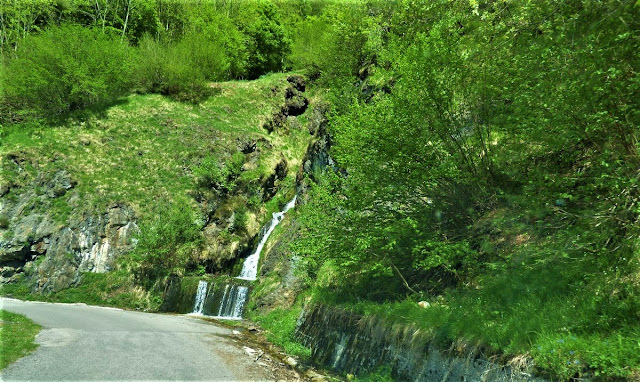
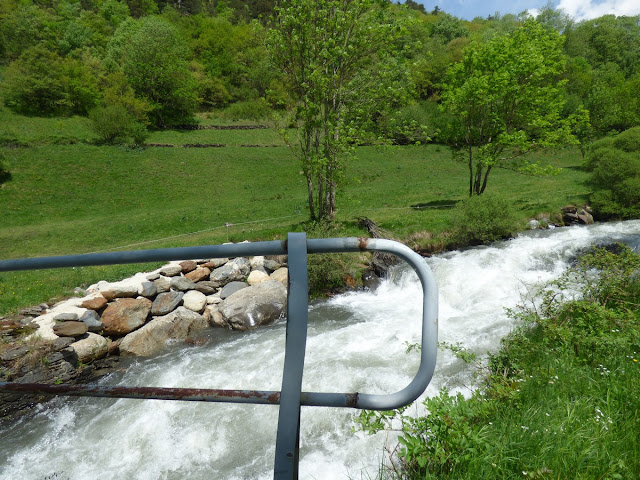
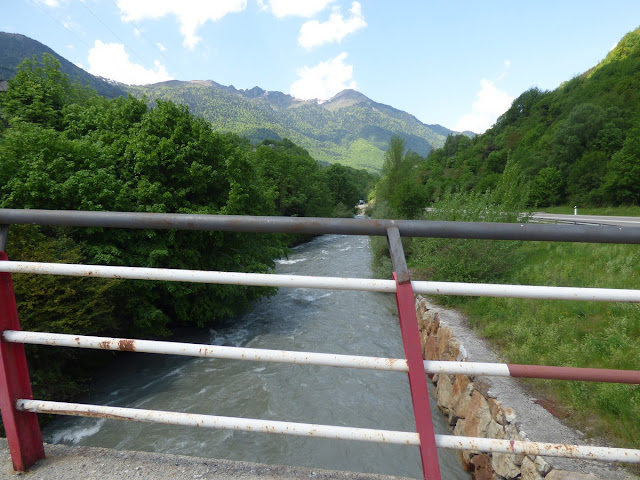


















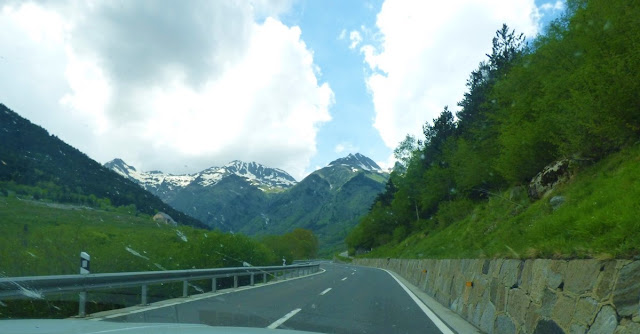






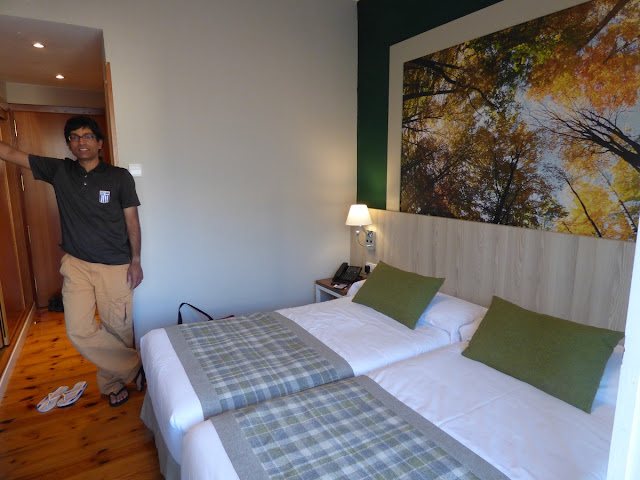



No comments:
Post a Comment